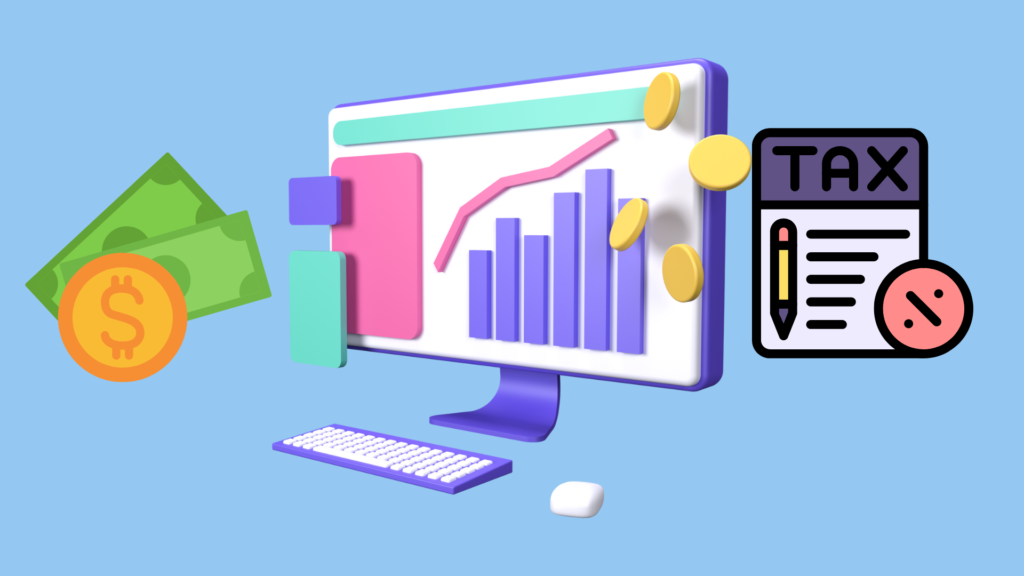Bad debt expense is the amount of money a company does not expect to collect for sales made on credit.

What is Bad Debt Expense?
Bad debt expense is an accounting term used to describe the amount of accounts receivable that a company expects to not collect. In simpler terms, it represents the portion of credit sales that is unlikely to be paid by customers. This concept is crucial for accurate financial reporting and involves estimating the portion of receivables that may become uncollectible.
Here’s how it works:
- Estimation: At the end of each accounting period, a company estimates the amount of receivables that are likely to be uncollectible. This estimation is often based on historical data, industry trends, or specific knowledge about individual accounts.
- Recording: The estimated amount is recorded as an expense on the income statement. This is done through a journal entry that debits bad debt expense and credits an allowance for doubtful accounts, which is a contra-asset account on the balance sheet.
- Impact on Financial Statements: By recording bad debt expense, the company reflects a more realistic view of its receivables. This adjustment helps ensure that the financial statements present a true and fair view of the company’s financial position.
- Write-Offs: When specific receivables are deemed uncollectible, they are written off against the allowance for doubtful accounts. This process doesn’t affect the income statement since the expense was already recorded in the earlier period.
Managing bad debt is important for maintaining accurate financial records and assessing the company’s credit risk.
**1. Understanding Bad Debt Expense
Bad debt expense represents the portion of accounts receivable that a company estimates it will not collect. This expense is recorded on the income statement and helps to match revenues with the expenses incurred to generate those revenues. Since receivables are expected to be collected in the future, there’s a risk that some customers may default on their payments. Bad debt expense accounts for this risk.
**2. Estimation Methods
To estimate bad debt expense, companies commonly use one of the following methods:
- Percentage of Sales Method: This method estimates bad debt expense as a percentage of total sales or credit sales. For example, if a company has $1,000,000 in credit sales and estimates that 2% will be uncollectible, the bad debt expense would be $20,000. This approach is simpler and often used for companies with a large volume of transactions.
- Aging of Accounts Receivable Method: This method involves analyzing accounts receivable based on the length of time an invoice has been outstanding. Receivables are grouped into categories based on how long they’ve been overdue (e.g., 0-30 days, 31-60 days, 61-90 days, and over 90 days). Each category is assigned a different estimated uncollectible percentage. For example, receivables overdue for over 90 days might have a higher estimated uncollectible rate than those that are current.
**3. Recording the Expense
When estimating bad debt expense, companies use an allowance account, known as the Allowance for Doubtful Accounts, which is a contra-asset account. This account is paired with accounts receivable on the balance sheet. The process involves:
- Creating the Allowance: At the end of the accounting period, the company estimates the amount of uncollectible receivables and records an adjusting journal entry:
- Debit Bad Debt Expense (income statement).
- Credit Allowance for Doubtful Accounts (balance sheet).
- Impact on Financial Statements: This adjustment reduces the net accounts receivable reported on the balance sheet and records the expected cost of uncollectible accounts as an expense on the income statement. This approach follows the matching principle in accounting, which ensures that expenses are recognized in the same period as the related revenues.
**4. Write-Offs
When a specific receivable is confirmed to be uncollectible:
- Writing Off the Receivable: The company removes the uncollectible account from its books:
- Debit Allowance for Doubtful Accounts (to decrease the allowance balance).
- Credit Accounts Receivable (to remove the amount from receivables).
- No Additional Impact on Income Statement: Since the bad debt expense was previously recorded as an estimate, the write-off only affects the balance sheet and does not impact the income statement at the time of the write-off.
**5. Financial Analysis and Management
Understanding and managing bad debt is crucial for:
- Cash Flow Management: High levels of bad debt can indicate problems with credit policies or customer financial stability, which can impact cash flow and operational efficiency.
- Credit Policies: Analyzing bad debt helps in refining credit policies, such as setting credit limits or improving collection practices.
- Investor Confidence: Consistent and reasonable estimates of bad debt help in maintaining investor confidence by providing a clearer picture of financial health.
**6. Regulatory and Accounting Standards
Accounting for bad debt must comply with generally accepted accounting principles (GAAP) or International Financial Reporting Standards (IFRS), which provide guidelines on how to estimate and report bad debt expenses. These standards ensure consistency and comparability across financial statements.
By accurately estimating and managing bad debt expense, companies can better reflect their financial position, manage risk, and make informed business decisions.
Leave a Reply